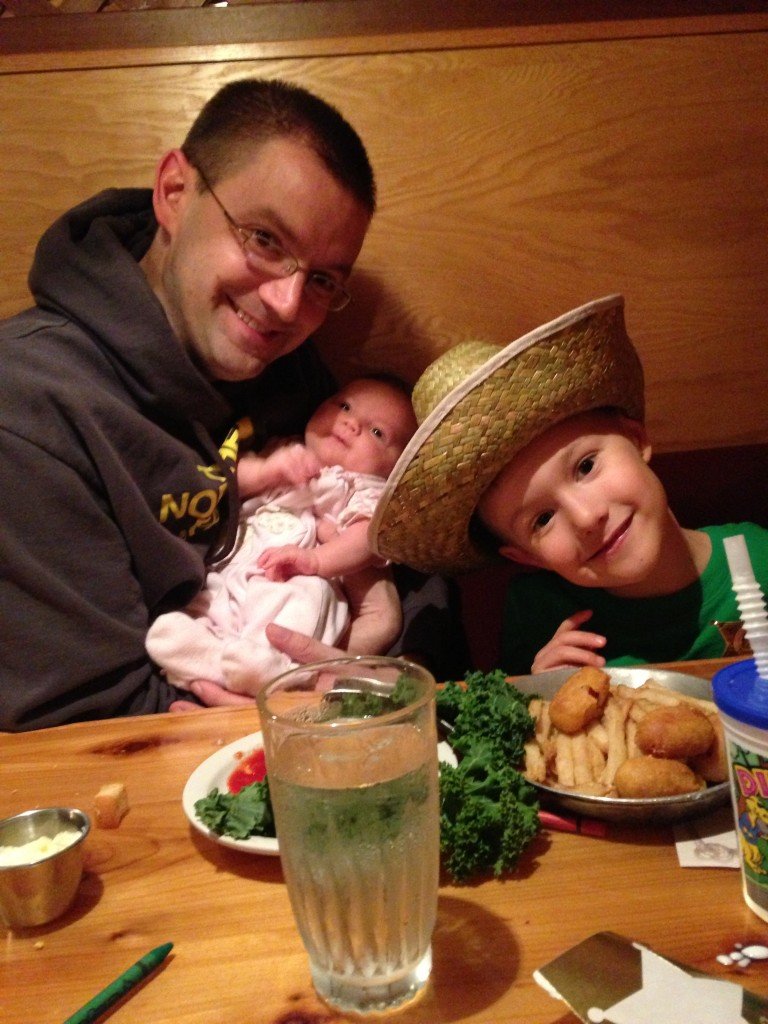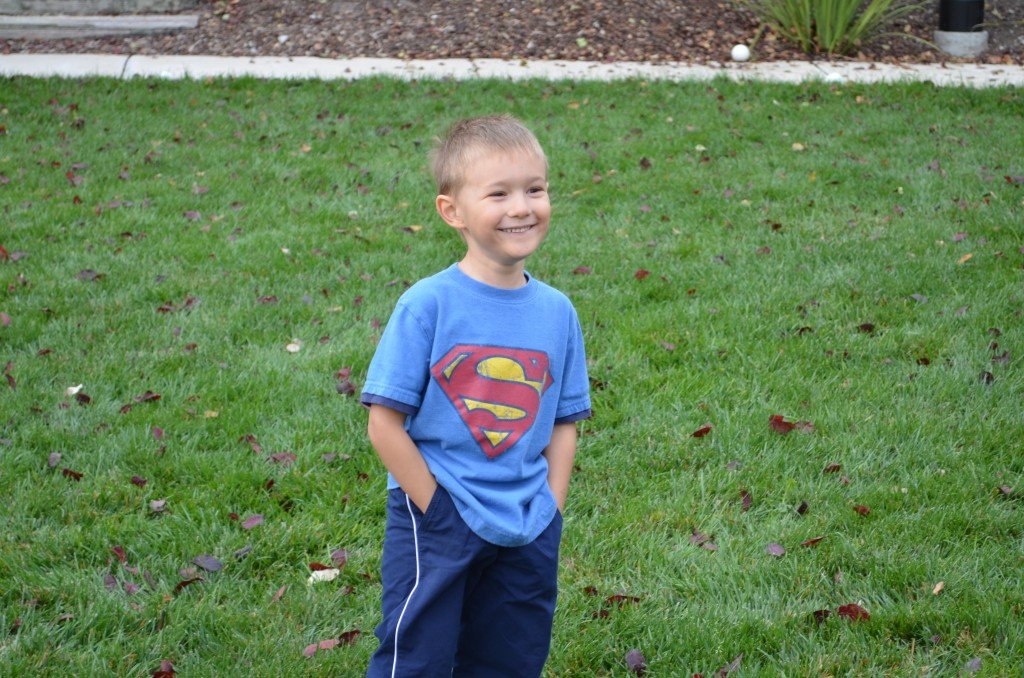One Of My Favorite Pictures Of Tyler
Oh Tannenbaum
Good Times, Bad Times
Advice On Life
In three words I can sum up everything that I learned about life, “It goes on.”
When the going gets tough, make yourself realize that no matter what your problem is, someone is and always will be fighting a harder battle.
Tears don’t help problems and whining won’t make things better. Have faith but understand that faith makes things possible, not easier. Have hope but understand without doing anything nothing gets done.
Be there when people need you, because in order to have friends you must first be one. Make the impossible, possible. Never give up! You only fail when you fail to try. Keep an open mind; you never know what you may learn.
Never compromise your standards for anyone, do it for you. Remember that laughter makes the world go round.
Beware of the person who has nothing to lose, see through the problem to find the solution. Don’t make promises that you can’t keep. Keep in mind, those who gossip to you will gossip about you. Say only what you mean, and don’t believe everything that you hear because some day the story will be about you.
Everyday is a gift, even if it sucks. Count your blessings, not your troubles. Never waste an opportunity to tell someone that you love them, because you never know what tomorrow has in store for you. Give people a second chance, because no one is perfect. Love all that you can, give all that you have, smile away your days, and dream away your nights.
Life, what a wonderful thing!
Copyright © 1999 Rachel Stephens
Lego Sends 10 Yr. Old Asperger’s Boy Free Set
James is ten years old and suffers from Asperger’s Syndrome. His favorite toys are Legos, which he has been playing with since he was four years old. A few years ago, he spotted the Emerald Night Train set at the toy store, and fell in love. His parents said he had to save and pay for the $100 set himself. After two years of saving, he finally had enough. But, alas! The set was discontinued. Lucky for James, Lego is a company that knows how to take care of their fans.
Via Viral Videos
Family Portrait 2012
Free Soloing with Alex Honnold
Join rock climber Alex Honnold in his ascent of Half Dome, nearly 2,000 feet — without a rope.
Connecting Generations Digitally
My write-up for the Summer 2012 CMMA E-Visions Newsletter.
At the 2012 National Conference in Clearwater, we learned a lot about the differences between Traditionalist, Baby Boomer, Gen X and Millennial generations, all of whom are represented in the workforce. We learned that collaboration is critical—but not easy to achieve. We learned that technology and social media will play an increasingly important role in bridging the generation gap.
Let’s get specific. Tell us about ONE bridge you are building between the generations in your organization. (collaboration tools…social media initiatives…culture change projects…technology implementation…new training campaigns, etc.) Tell us the strategy behind building this bridge and how well it is or isn’t working. Give us enough detail that we can learn from each other.
At work we are building out an internal social application that combines some of the best features of Quora/Stack Overflow/Yahoo Answers (Q&A), Twitter/Facebook (Microblogging), and Bit.ly (link analytics). The thought process behind building the platform is to provide an online community for employees to connect, learn, and grow. The great thing about social media is it has become something all generations participate in outside of work. Facebook for instance has connected over a billion people across the world to date. The interesting thing is while current generations are at work, many still opt to not “pull” communications, but rather have those communications “pushed” to them in systems like email or hard copies. One of the reasons for this may be because Facebook is about you, things happening to your friends, and family which we hopefully all find are areas we care deeply for. Work is not always about you, and often times it is about others asking you to do things, things you may not even want to do. If you were to get a $1000 check in the mail each week you would be very eager to go to the mail to “pull it” but if you got a $1000 bill instead, how enthusiastic would you be to go pull that bill from your mailbox? So I am finding generations will pull or push information, but it has to be engaging, somewhat fun, and to a degree something they see value in. Simply providing content or systems doesn’t mean if you build, or develop content for employees “they will come” to receive it, no matter the generation.
Many companies are still very much email centric. Our hope is the new platform being tested and deployed in 2013 will not only allow employees to connect, learn, and grow, but also connect generations. Apart from delivering content employees care about, the challenge I am finding is each generation, for the most part (there is always an exception to every rule), has its own preference for how to communicate when using technology. We are asking ourselves if we should encourage those who prefer one form of technology while at work to adapt to newer forms of communication technology tools, or will they see the benefits over time and adopt to what other generations prefer? New generations of employees are entering the workforce with their own communication preferences and thus far are preferring they not have to use traditional communication tools, opting instead for what they are most comfortable with. I had a contractor last week just out of college ask if it would be OK for him to text me the status of his projects. Times are changing and businesses have to adapt.
Bridging the gap across generations can be difficult. What we have elected to do is use push technologies as our notification system, and have that pushed notification be optional in most instances. We will allow employees the ability to opt in and out of receiving the reminders via the push systems. At the same time, there are instances where we have a company initiative or executive communication which cannot be opted out of. If employees still prefer to have all communications pushed to them, they can subscribe to a daily recap of what occurred online with a link for them to join the discussion. The key to me is to keep everyone engaged using the preferred platform of their choosing until it is no longer efficient, cost effective, or the business stops seeing the value and chooses the more modern method themselves. For instance when was the last time you sent a fax, used a transparency projector, signed something with carbon paper, had a pager, answering machine, or looked up something in a phone book? People will stop using a technology when it is no longer efficient, or in a peer pressure situation, even when it isn’t “cool” to do so anymore. Peer pressure can be one of the most powerful forces for shaping what generations do, or don’t do.
If you can cater to how employees prefer to pull/push communication, you can hopefully bridge the gaps many of us are encountering. Each generation has a wealth of experience and no one way of communicating is better overall (each has its own pros and cons). You have to look at what each generation prefers, what strengths they bring to the table, and what matches your organization’s communication’s strategy.
















































































